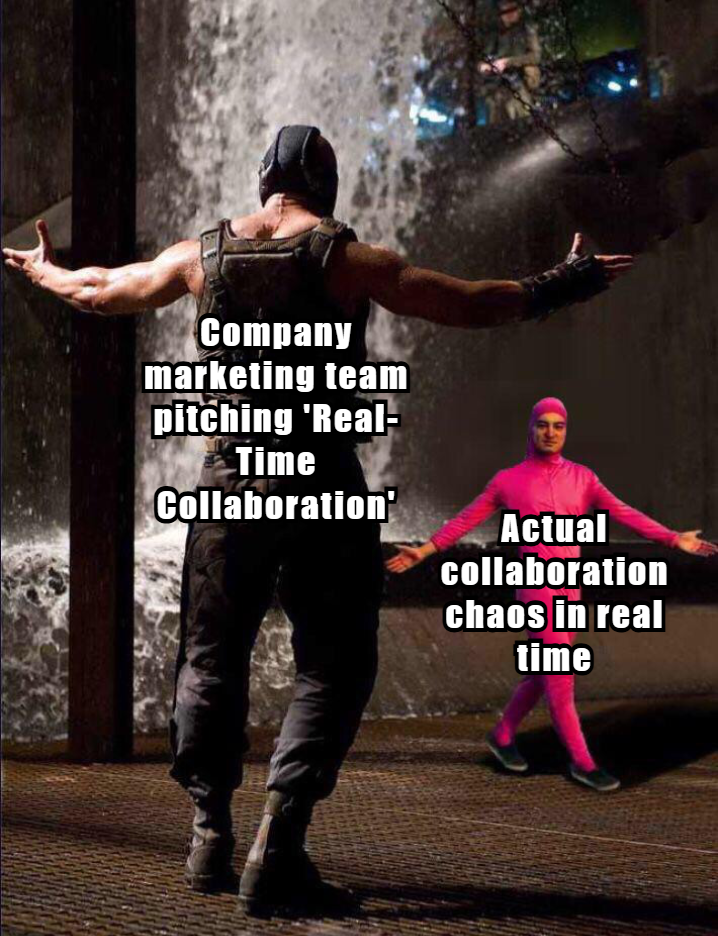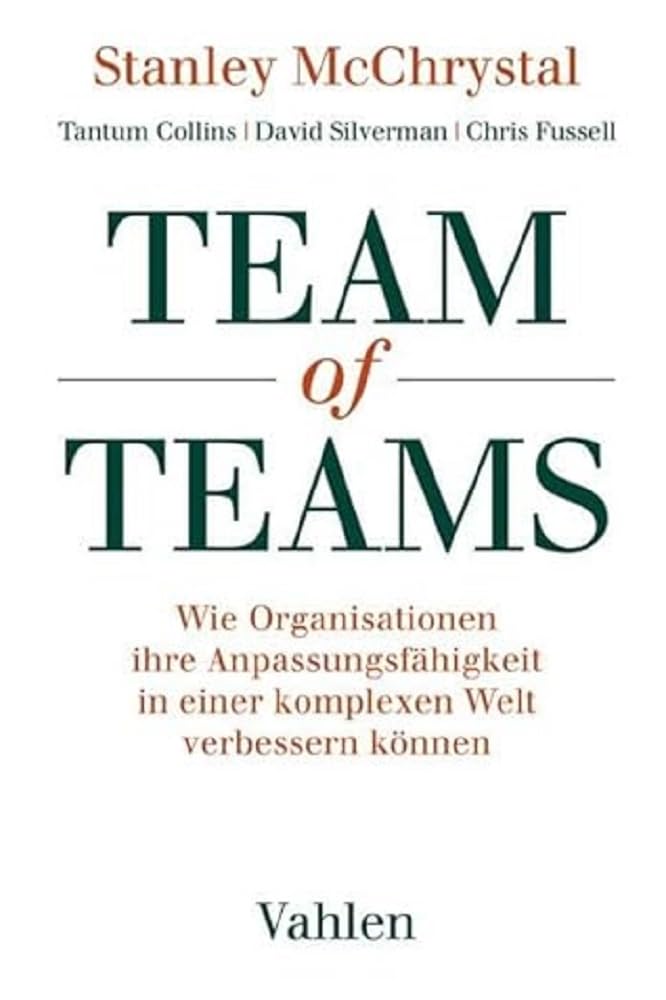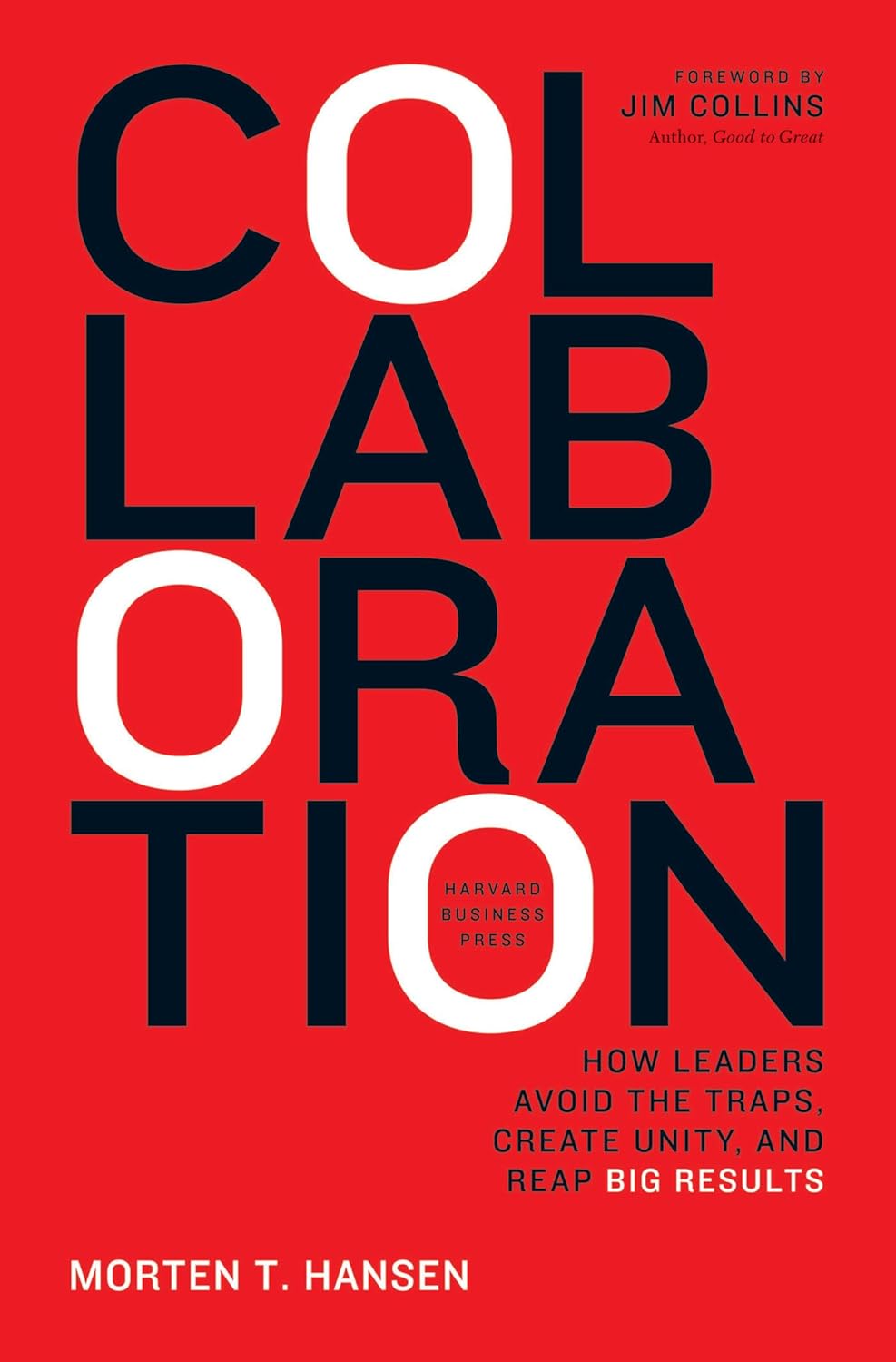If you consistently analyze your work, strive to optimize your daily routines, and get the most out of your productivity, you'll not only open up more opportunities for professional growth but also start genuinely enjoying what you do. Let’s explore some tools and pract
Remote work in real time
A true collaborative effort works wonders. With office spaces becoming a thing of the past, real-time collaboration has become the foundation of agility, helping to efficiently complete extremely complex tasks. In this article, we’ll explain what real-time collaboration is and how it can help your team.
Key takeaways
Real-time collaboration improves team productivity by enabling instant feedback, transparency, and parallel work
Choosing the right tools is important, but success depends on clear processes, defined roles, and smart communication habits
Effective collaboration isn’t about being constantly online — it’s about creating a seamless, focused, and well-structured workflow
Benefits of real-time collaboration
Transparency can help your team work become more united than ever — it’s the closest thing to real, in-office collaboration. Here are the benefits you should expect:
- Instant feedback: No delays — questions and clarifications are discussed on the spot without losing context.
- Fewer errors and less duplication: All participants see shared progress and avoid getting in each other’s way.
- Greater engagement: People don’t just divide tasks — they work together, which strengthens team spirit.
- Faster idea validation: Decisions are made quickly, and iterations are launched without unnecessary red tape.
- Flexibility in work: The fewer the pauses in communication, the easier it is to adapt to changes and shifting priorities.
A McKinsey study found that organizations leveraging collaborative workspaces — including real-time collaboration tools (like Taskee, wink wink) — can boost productivity by up to 25%. This improvement comes from faster communication, immediate feedback, and streamlined teamwork, enabling teams to reduce delays and accelerate workflows. For technology companies, this translates to shorter development cycles and a smoother path from concept to launch, or simply hitting crucial release deadlines with less hassle.

Instruments for collaboration
What a time to practice real-time collaboration, huh? The market is brimming with all kinds of products for every mood and taste: Slack for quick and centralized communication, Miro for visual planning in real time, and giants like ClickUp, Notion, and Trello — the list goes on.
Each tool is a great choice for a specific niche. However, we at Taskee believe many have become more complicated than needed after a dozen or so updates.
So, if you’re looking for a less overengineered and more minimalistic way to always stay in the loop, Taskee might be exactly what you’re looking for:
- In-task communication: No more juggling between messengers, email, and task trackers. Everything important is in one place, with no extra steps. This clearly boosts productivity and reduces the “information noise” that eats up time and attention.
- Flexibility for any team: Equally convenient for project agencies, freelance teams, or online schools.
- Integrations and time tracking: Everything you need is right at hand — no extra tools required.
- Smart task visualization: At any moment, team members can see the current project status, understand their priorities, and respond quickly to changes. The platform supports live updates, so changes to tasks, comments, and statuses appear instantly, with no page reloads or delays.
Neat, right? We’re all for doing more with less, but if other options work for you, we’re happy you’ve found the tool that makes your working processes slightly more manageable.
Proper integration of new tools
Just throwing overblown task management systems at your underqualified and overworked team might not fix the low-efficiency problem, believe it or not. Real-time collaboration requires some warm-up before implementation, so try to integrate these habits into your working culture for maximum results:
- Clearly define roles and areas of responsibility. When multiple people work on a task simultaneously, it’s especially important to understand who is responsible for what. This reduces the risk of conflicts, duplicated efforts, and project chaos. Before starting a collaborative session, define the goals, roles, and expected outcomes.
- Use a unified information space. If data is scattered across chats, spreadsheets, and personal notes, real-time collaboration loses effectiveness. All discussions, decisions, and edits should take place in one system — whether it’s a task board like Taskee or a shared working document. This minimizes misunderstandings and ensures transparency for all team members.
- Avoid overloading the process with “live” activity. Constant updates, comments, and messages can create a sense of “information buzz.” Set clear rules for when to write a comment, when to jump on a call, and when to give colleagues space to focus and complete their work.
- Plan synchronous sessions wisely. Not all work requires everyone to participate at the same time. Efficiency improves when synchronous phases (meetings, brainstorms) alternate with asynchronous ones (individual task execution). This approach maintains momentum without overwhelming team members.
- Analyze and improve processes. Real-time work is not a fixed format. Regularly gather feedback from the team: Is the current system comfortable to use? Is transparency sufficient? Is activity getting in the way? Implement improvements step by step to ensure smooth adaptation.
- Focus on results, not just activity. Just because a team works at the same time doesn’t mean it’s effective. Set clear goals for each collaborative phase, record outcomes, and ensure every real-time session delivers measurable results.
And remember, real-time collaboration is not about always being online, but about turning your in-team communication into a logical, understandable, and transparent process. It should be organic and seamless. That’s what truly makes teams flexible, not overpriced tools.
Interesting fact 
The concept of teamwork's impact on productivity was first recognized during the Hawthorne Studies (late 1920s–1930s) at Western Electric in Chicago. Researchers found that productivity improved when workers felt supported and engaged socially—a phenomenon known as the “Hawthorne Effect.” This shifted how businesses approached collaboration and team management.
Related articles:
If you want to master a powerful tool for achieving flexibility and collaboration, read our article Agile team structure: Roles and responsibilities for success.
To understand key strategies for managing remote teams, check out Remote accountability: Ensuring team productivity.
Discover the essential steps to creating an effective workflow in this article: PM Workflow: Steps to streamline project success.
Conclusion
Real-time collaboration is a tool that strengthens a team, making it faster, more coordinated, and more transparent. The key is not just choosing the right tools, but also establishing clear working rules. If you want to boost your team’s efficiency, start by building processes that allow people to work together, not sequentially, but in parallel.
Recommended reading 

“Team of Teams: New Rules of Engagement for a Complex World”
This book shows how flexible team structures and decentralized decision-making help organizations adapt effectively in a rapidly changing world.
On Amazon
“The Culture Map: Breaking Through the Invisible Boundaries of Global Business”
A guide to understanding cultural differences in international teams, offering strategies for effective cross-cultural communication.
On Amazon
“Collaboration: How Leaders Avoid the Traps, Build Common Ground, and Reap Big Results”
The author explores when and how collaboration delivers the best outcomes and provides methods for overcoming barriers in teamwork.
On Amazon






